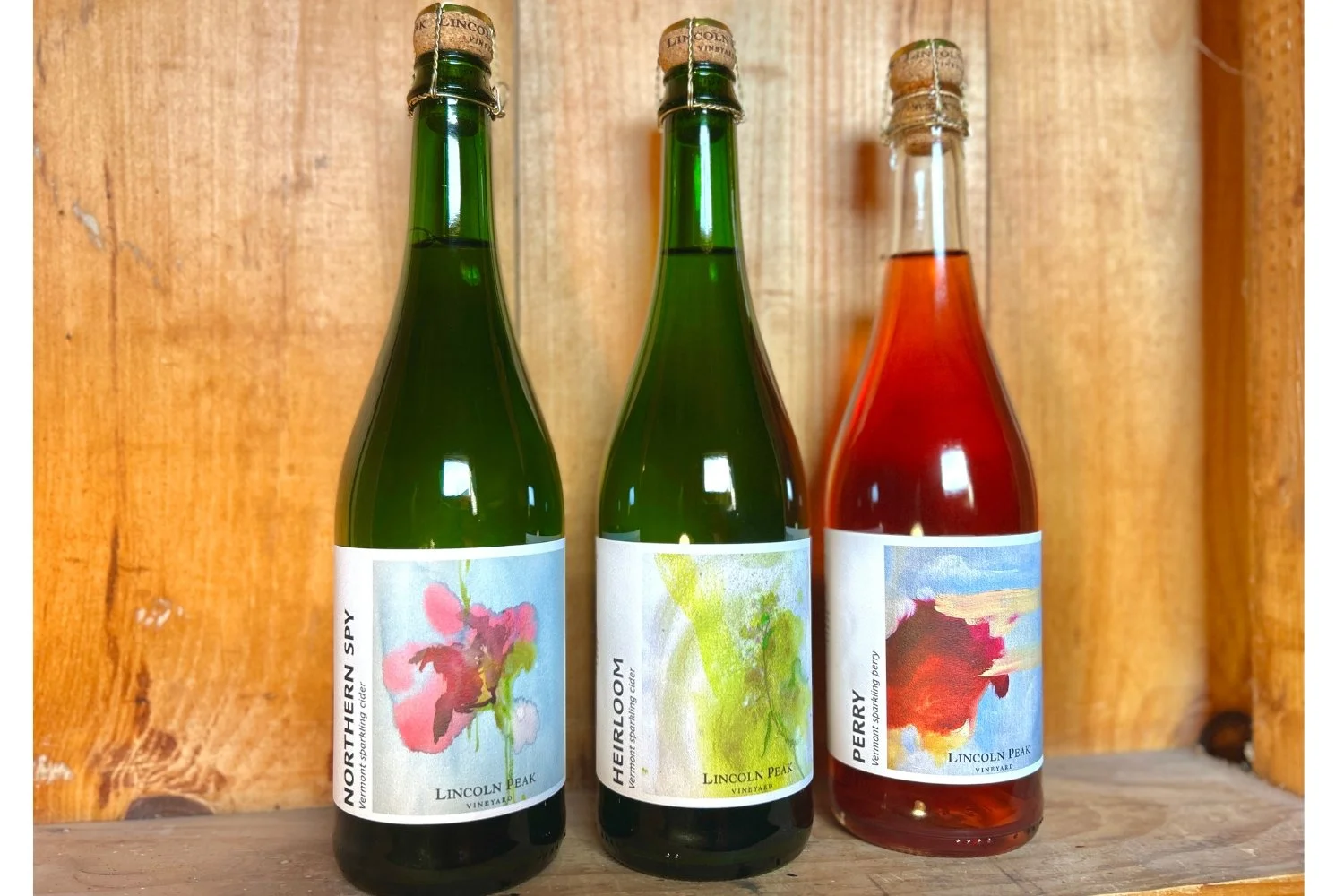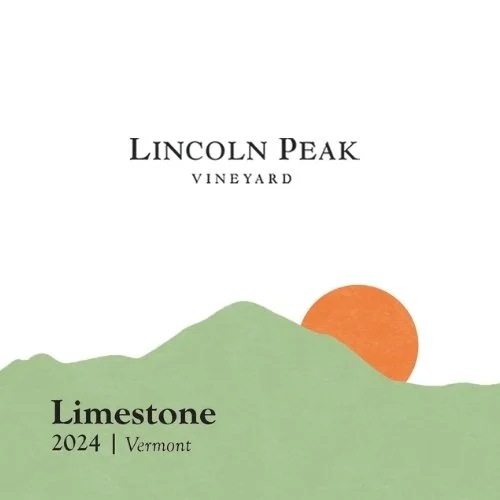…but is cider actually the perfect bev for Thanksgiving?
This year we’re thankful for a vintage that delivered loads of Limestone (!) and reds with depth and structure we didn’t think was possible in Vermont. We’re thankful for grandparents and early childhood educators. We’re thankful for our devoted community of pickers and oenophiles who love Frontenac Blanc as much as we do. We’re thankful for 39” of snow on top of Mt. Mansfield and friends with inspirational and infectious stoke. We’re thankful for grandparents. Did we say grandparents?
Thanksgiving dinner is our favorite meal of the year to pair with. Turkey and taters are a great foundation on which to layer flavor, and from bubbly, light-bodied ciders to bright, cleansing whites and rich, textural reds, you really can’t go wrong. With so many different dishes on the table and plenty of people to share with, it’s worth opening a few bottles for the feast. Check out what we’ll be drinking below. \
2024 PERRY
dry sparkling cider | $22
Potomac pears from Champlain Orchards fermented dry, then rested on pressed cranberries from Vermont Cranberry. Secondary fermentation in bottle for natural bubbles. Cranberry sauce just got an upgrade.
rose petal. lemon peel. fresh mint.
2024 RESERVE LA CRESCENT
dry white | $32
100% La Crescent from the Upper Vineyard. The last pick of the 2024 harvest. Fermented and aged in a mix of neutral oak and stainless. Who brought peach pie to Thanksgiving? Good call.
grapefruit peel. marzipan. grilled peach.
2024 MARQUETTE
dry red | $32
100% Marquette from throughout the vineyard. A complex blend of multiple lots, including partial whole cluster, spontaneous fermentation, neutral oak, and stainless. Plummy, spicy, youthful. This pairs with absolutely everything on the table.
black raspberry jam. clove. plum.












